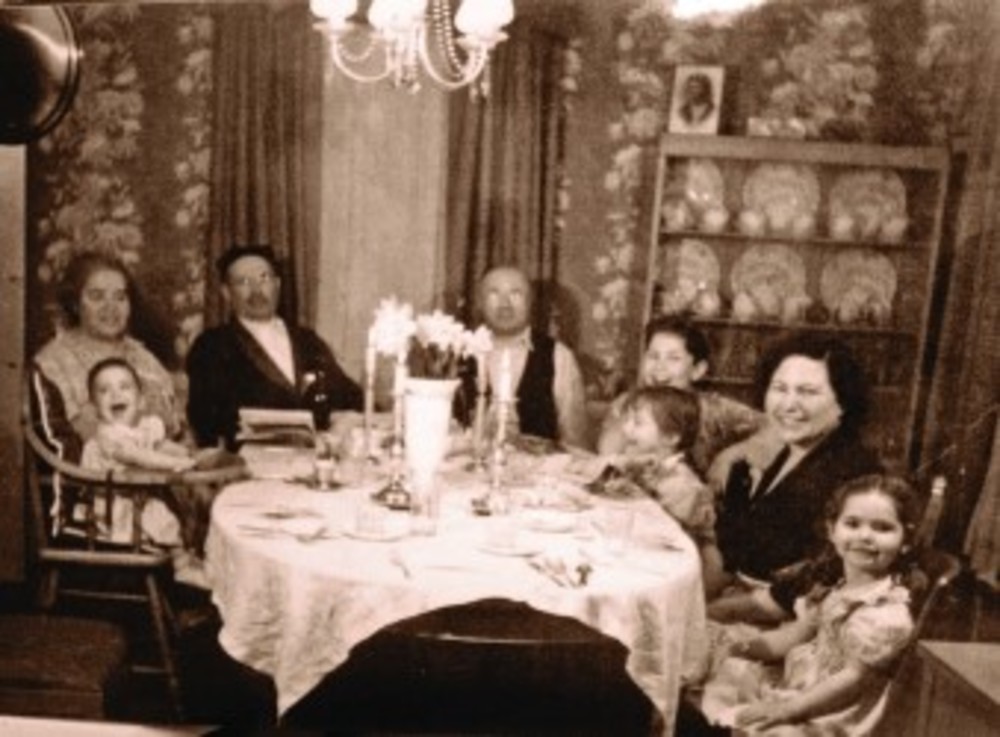Evolution of the Katz family Seder

Our family can definitely be called “the People of the Book,” especially when that book is the haggadah. Over the decades, from the earliest Providence Katz family seders at the home of my grandparents, Mollie and Harry Katz, with its eleven participants and the iconic Maxwell House haggadah, to the most recent seder at the home of Debra and Marc Page (my son and daughter-in-law) with thirty-five members of the extended Katz family along a few good friends, our choices of haggadah have evolved…and expanded.
We used the Rabbinical Assembly’s (Conservative) “Feast of Freedom” for ten years and then the Central Conference of American Rabbis’ (Reform) “A Passover Haggadah,” which is magnificently illustrated by Leonard Baskin, for ten years. We currently use Noam Zion’s “A Different Night” as well as more than 25 other haggadot from which we pick and choose readings. Each year we add one new haggadah to the list. These additional haggadot are distributed before the seder, and wherever appropriate, readings and songs are added. We use both Hebrew and English texts and commentary as opposed to my grandfather’s strictly Hebrew seder. Combined with Pesach trivia and a dramatic skit or two prepared and presented by the children in the group, we have an engaging, enlightening and thought-provoking evening.
Our family includes children ranging in age from 21 months to 22 years plus others approaching four score. Seders, like families, are not one size fits all. Consequently, we know that our creative juices need to run on overtime to make each year’s seder, while retaining the heart, also fit the participants in order to be meaningful.
By asking the important questions; by reflecting on the possibilities; by retelling the story of our Israelite family’s journey to freedom as we say together, “avadim hayenu” (“We were slaves”) and by retelling our Katz family’s journey that links us to generations past; we add soul to our seder. Planning ahead and incorporating elements of a myriad of haggadot are all part of our strategy to design successfully the modern seder in a pragmatic yet evocative way. The goal: To distill the essence of the seder and at the same time to retain its essential elements as we endeavor to answer the question, “Why is this night different from all other nights?” while attempting to eat our afikomen before midnight!
RUTH PAGE (rpage55@cox.net), a Providence resident, is the Chair for the Museum Committee at Temple Emanu-El and was the former Israel Desk Director at the Bureau of Jewish Education.







